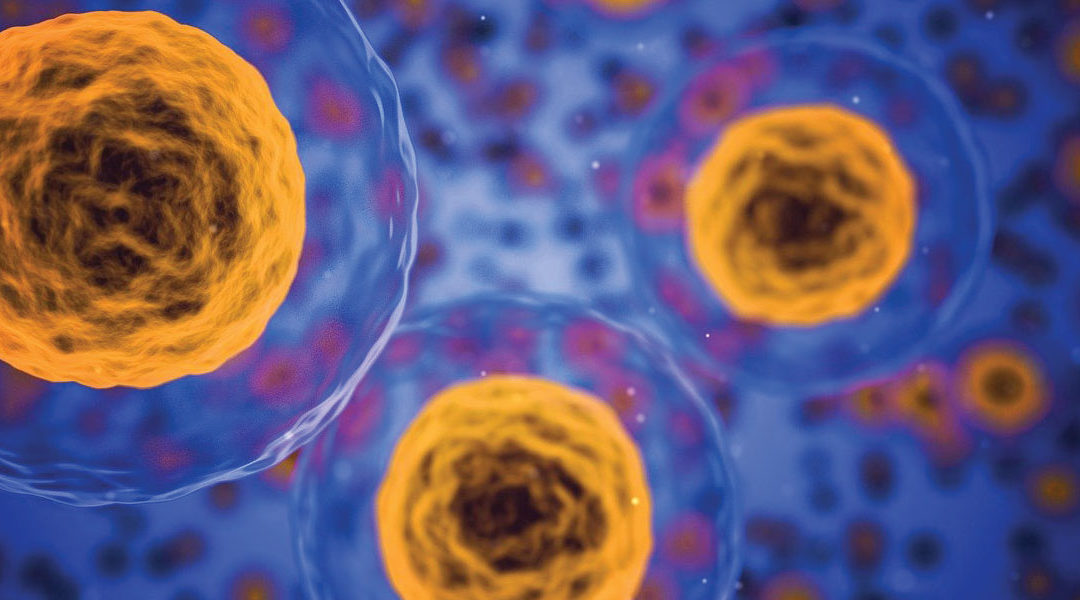The human body is a beautifully complex system of different structures each with their own purposes and means of accomplishing them. Cells are a great example of this. Every part of your body is made up of cells and they all possess characteristics that make them unique.
Stem Cells are Frequently Misunderstood.
Click here to find out why.
Differentiation
The body’s normal cells perform specific tasks. Look no further than blood cells. White blood cells and red blood cells each perform unique and very specialized tasks. But blood cells are different from brain cells and brain cells are different from muscle, fat, skin, nerve, and skeletal cells. Each has a specific job they must do to keep the body performing at the best level possible.
It would be inaccurate to say stem cells are undifferentiated. Rather, stem cells haven’t differentiated yet. In fact, all of our cells started out as stem cells which differentiated themselves at the appropriate developmental moment. In utero, an embryo forms a skeleton, muscle structure, nervous system, and all the other things that give us life because embryonic stem cells differentiate to form other structures. After the baby is born, the body still has stem cells, but now they lie in wait for the moment they are needed when the time comes to become more specialized.
Stem cells are more plentifully found in specific areas of the body such as blood vessels, skin, teeth, heart, and bone marrow. These are called “stem cell niches” where the population of stem cells is plentiful.
Capable of Dividing Themselves for a Long Period of Time
Stem cells are capable of both dividing and renewing themselves for long periods of time. Many cells do not normally replicate themselves—such as blood, nerve, or muscle cells. Stem cells, on the other hand, are capable of replicating themselves for a long period of time in order to increase their population: this process is known as proliferation. This does not happen spontaneously, though, as stem cells tend to not divide until they are “activated” by a need for more cells in order to maintain tissues, or by disease or injury.
For example, an initial population of stem cells that is allowed to proliferate for a few months in a laboratory can multiply and yield millions of cells. Additionally, as illustrated above, if these cells remain undifferentiated, they can be used for healing.

Stem Cell therapy puts your cells to work for you to rebuild injured tissue.
Importance for Healing
So let’s talk about healing! Stem cell therapy has been the present and future of pain management for over 30 years. Remember how stem cells can proliferate for a long period of time? Well, when the cells have the time to build up their population, we can use the body’s very own healing agents for healing. For example, if a patient has an ACL injury, we can extract stem cells from the bone marrow—which you’ll remember is a stem cell niche—let them proliferate for approximately six hours, and reinject them into the knee to begin the healing process. The stem cells differentiate and, in this example, rebuild the ligament.
“Normal” cells do have the capacity for healing, but in a different way. Oxygen-rich red blood cells and sticky platelets help heal your cuts and scrapes and white blood cells work to combat illness-causing infections such as bacteria and viruses.
When it comes to your body and its needs, your cells are our clever healing agents capable of healing sickness and injury as well as maintaining the body’s organs and tissues.


